"Prior knowledge lies dormant until making a correlation between what was learned and what is new learning." (Virginia L. Wallace and Whitney Norwood Husid)

Before giving the students nonfiction books to read, I show the students pictures, related objects and even some related videos. We discuss everything we know about the subject or person and then use a graphic organizer or mindmap to group the information. The app Padlet is a great sharing and collaborative tool.
The students tell how they know the information:
- if they they have read about the subject,
- if they have been there or have seen it,
- or has someone told them about the subject?
 |
| These are Mexican Free-tailed Bats that fly out from Congress St. Bridge each even. Students may have been there to view the bats and tell what they know about these bat colonies. |
In studying biographies, I present a book about someone that all the students are familiar with. I love using famous inventors, sports figures, famous people who are still living, and of course, Walt Disney. I try to use anyone who can spark enthusiasm.
Using background knowledge can help student students make predictions about the text and the author's purpose or central idea and help them with comprehension. When reading text, prior knowledge about the subject can also help with vocabulary.
Text Features
Having prior knowledge about general text features can also help students as they read a nonfiction book or any type of informational text. When the author uses side bars, graphs, captions, etc., it grabs the reader's attention and helps in understanding the author's central idea. As students read the text, headings, subheadings, different types of print, it makes it easier to know the what the content will be about in a particular section of the book or article.
Using prior knowledge can also help with differentiation in the classroom. Extending a child's learning or focusing on student needs based on a child's learning experiences is a way teachers can differentiate on projects and essential skills.
KWL Charts
Using a simple KWL chart during nonfiction units is a simple way of learning "What do I Know?" Students can self-examine and take ownership in their learning. Students will record what they have retained or recalled from earlier learning experiences; not, what they think they know.
Project Based Learning
During project based learning units, I depend on students to share their prior knowledge about the real-world problem or challenge. It helps me in planning the project and what resources to use. During the research process, students read informational text about the subject. Having prior knowledge about the subject, helps make the reading more relevant and sparks more interest in learning.
In the past I discouraged my students from reading or doing research about subjects or people they were too familiar with. I didn't realize they actually wanted to deepen their understanding about the subject and prior knowledge helped them in making the connections to absorb new information. Making connections is essential in reading informational text. Otherwise, students will find the information boring and just words on a page.
Reading informational text and using their prior knowledge lays the foundation for reading and comprehending the new information. Prior knowledge deepens learning and makes reading more meaningful.
Related Products:












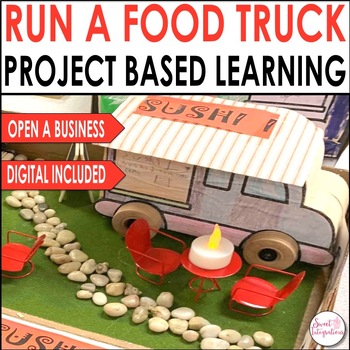
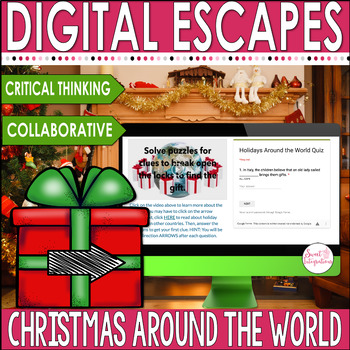
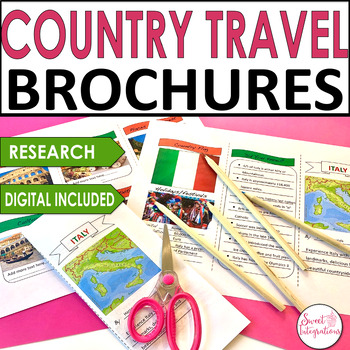
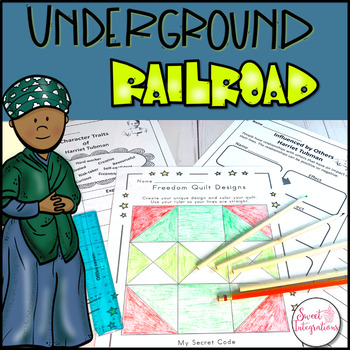
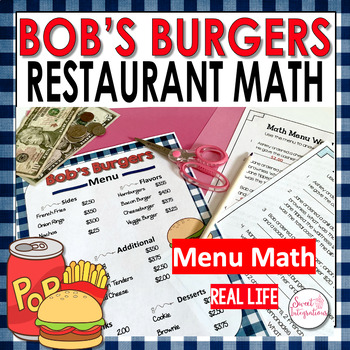
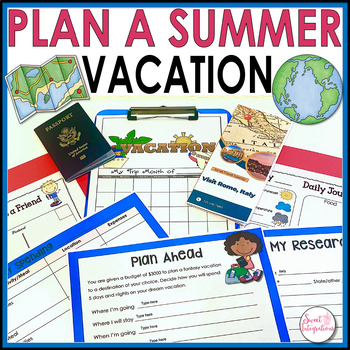
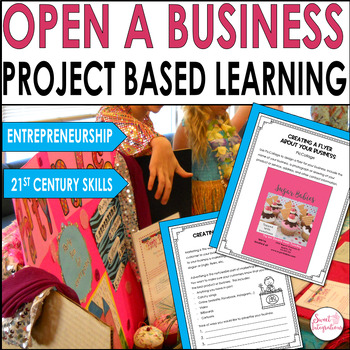
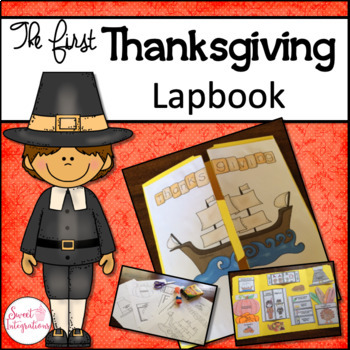
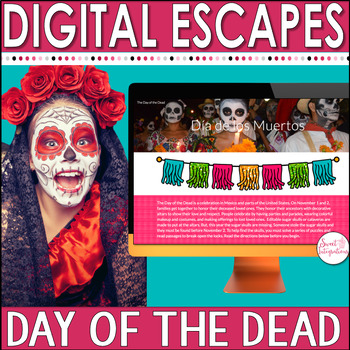
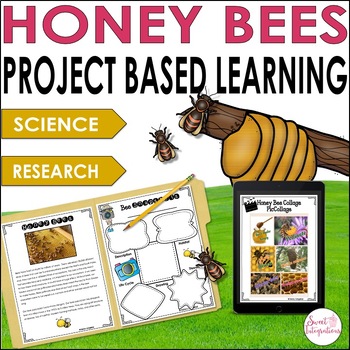



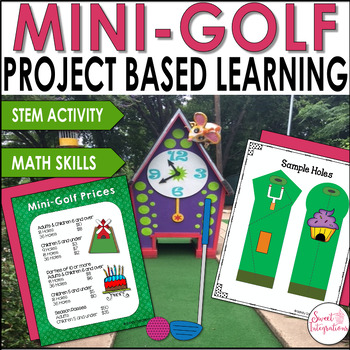
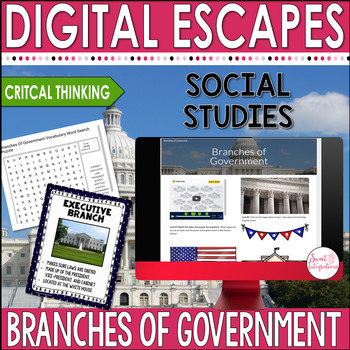

No comments